
All categories
Featured selections
Trade Assurance
Buyer Central
Help Center
Get the app
Become a supplier

(1307 products available)



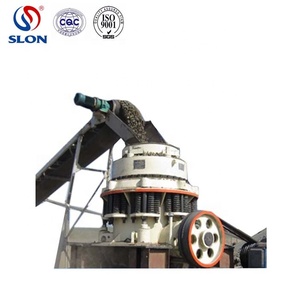









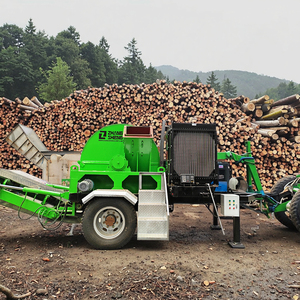

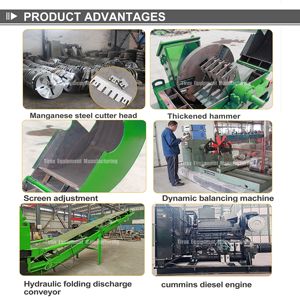

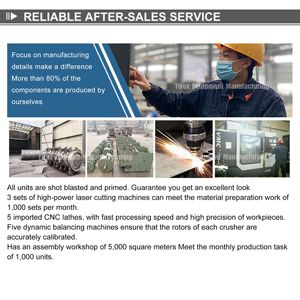









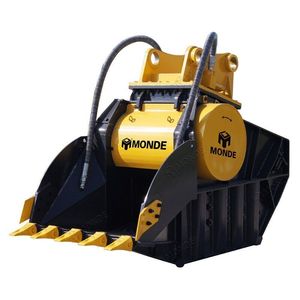

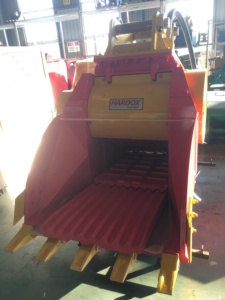

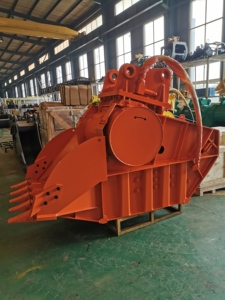
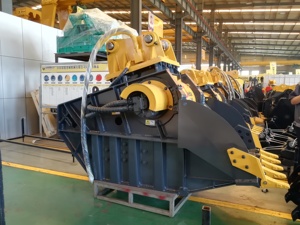




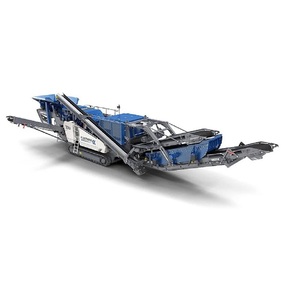


Market Overview: The global market for crushing equipment, including Kleemann crushers, was valued at approximately $4.5 billion in 2023 and is projected to grow to $5.2 billion by 2030, reflecting a compound annual growth rate (CAGR) of 2.3%. Within this sector, the jaw crushers segment is particularly noteworthy, expected to reach $2.3 billion with a CAGR of 2.7% by 2030. This growth trajectory is driven by increased demand across various industries such as construction and mining, where efficient material processing is crucial. The U.S. market alone was estimated at $1.2 billion in 2023, while China is anticipated to exhibit a robust growth rate of 3.4%, reaching $987.1 million by 2030, indicating strong regional dynamics for Kleemann crushers.
Key Market Drivers: The surge in infrastructure development projects globally is a primary driver for the market. As countries invest in new construction and urbanization, the demand for efficient crushing solutions like Kleemann crushers increases. Moreover, the Crusher & Shredder Market, which encompasses various types of crushers, grew from $995.63 million in 2023 to $1.04 billion in 2024, with expectations to reach $1.46 billion by 2030 at a CAGR of 5.63%. This growth highlights a shift in consumer behavior towards more technologically advanced and efficient machinery. Additionally, companies are increasingly focused on sustainability, prompting innovations in crushing technologies that reduce environmental impact, further shaping the market dynamics for Kleemann crushers in the competitive landscape.
Kleemann crushers are essential machines that aid in reducing the size of rocks and ore materials to pave way for further processing and extraction. Generally, they fall under two main types: the stationary and the mobile crusher.
The specifications for various Kleeman crushers differ according to the type, models, and other factors. The key specifications include the following:
To keep the crushers functioning smoothly, a routine maintenance check is crucial. It helps to identify the problems early on and get them repaired. The lifespan of the crusher machine can also be extended. Regular servicing can improve the overall performance and prevent any unexpected downtime or delays during work.
More importantly, safety can be ensured by following a maintenance schedule. It can help to avoid accidents and protect the operators and other workers around the site. Various manufacturers provide maintenance guidelines for their machines. Therefore, it is essential to go through the specific instructions as the crushers need to be maintained according to the specifications set by the manufacturer. Businesses can refer to the manual to understand the maintenance process and find the areas that need regular servicing.
The maintenance procedures may vary depending on the type of the crushers, but some general processes need to be followed.
Material crushing is the primary application scenario of Kleemann crushers. They can break down large rocks and stones into smaller, more manageable pieces. This is useful for a wide range of industries - from construction to mining to landscaping.
Theater demolition is another application scenario where Kleemann crushers are extensively used. For example, impact crushers are great at crushing concrete. This makes them suitable for demolition projects where concrete needs to be broken down. Urban infrastructure development often involves the demolition of existing structures. Here again, crushers become useful machines for both rural and urban set-ups. Crushers can break down old roads and bridges to make space for new ones.
It is also worth noting that Kleemann crushers are sometimes used in combination with other machines. For example, the crusher will first break large material into smaller pieces. Then a screen will separate the pieces based on their size. Screening machines can separate unwanted smaller pieces so large segments can go on for further processing.
Sand production is another area where Kleemann crushers shine. They play a pivotal role in turning large rock and stone pieces into sand. This is done by using a combination of impact and cone crushers. The sand produced is often used in construction projects, concrete manufacturing, and asphalt production.
As mentioned earlier, the primary application of a Kleemann crusher is to break down material into smaller pieces. But the fun doesn't stop there. Crushers also prepare the material for further processing down the production line. Most crushers will first break the material into smaller pieces. Then they will sort the pieces according to their size. The smaller pieces will often be sent for sand production, while larger pieces may go on for further processing in a milling machine.
When choosing the right Kleemann crusher for a specific project, several factors need to be considered. Matching the requirements of the job with the characteristics of the crushers available is vital for efficiency, cost-effectiveness, and meeting project goals.
Project Needs Assessment:
Identify the materials that need processing. Take into consideration factors like the type of material, its hardness, size, and moisture content. Determine the capacity that is needed for the project in terms of tons per hour. Assess the desired final product shape and size. Consider the project's budget constraints and maintenance costs in the long term.
Crusher Features:
Understand the specifications and unique features of different Kleemann crushers. Pay attention to aspects like the size, power, adaptability, and technological integrations of the machines. Consider the introduction of new materials and methods in the construction of the crushers. Feature-rich machines may provide greater efficiency and adaptability.
Operational and Technical Support:
Evaluate the operational aspects of the selected machine. Choosing a machine that the workforce is familiar with can minimize downtime and training costs. Assess the technical support and spare part availability from the supplier. Opt for machines that have robust technical support systems to ensure smooth operation and timely maintenance.
By weighing these factors and understanding the specific needs of the project, a suitable Kleemann crusher can be selected. This machine will ensure optimal material processing and contribute positively to project completion.
Q: What innovative features does the Mobirex line of Kleemann impact crushers include?
A: The Mobirex MR 110 Z EVO2 and MR 130 Z EVO2 are two examples of how smart technology can enhance performance and efficiency in impact crushing. These models come with a diesel-electric drive system that reduces fuel consumption while increasing output. Another advancement is the new S-STR screen separation technology. It uses one of the most robust screening surfaces to provide better material quality with higher quantities. Further, the digital operating platform called Spective is another modern touch. This user-friendly interface gives real-time machine data so operators can monitor performance parameters and adjust settings from a touchscreen.
Q: What symmetrical feature sets the Mobicone design apart from other cone crushers?
A: The Mobicone cone crushers like the MCO 11 S, MCO 9 S, and MCO 13S are impressive because of their symmetrical design. This feature provides excellent stability during the crushing process and ensures even wear on all its components. As a result, not only does the Mobicone achieve effective size reduction, but its service life is also prolonged considerably.
Q: What are the key differences between the Mobiscreen and Mobisand lines of screening plants?
A: The Mobiscreen screening plants like the MS 703/708(2.0), MS 952/953(2.1), and MS 126(2.3) focus on sorting out the crushed material into various sizes. On the other hand, the Mobisand plants, which include models such as the M-OB, MSB, and M-DW, have a unique process of ensuring a high level of sand production and are ideal for producing concrete sand.